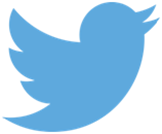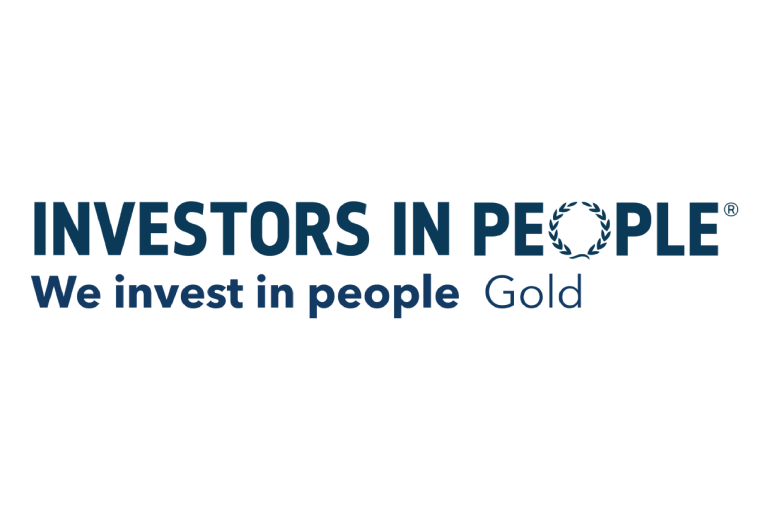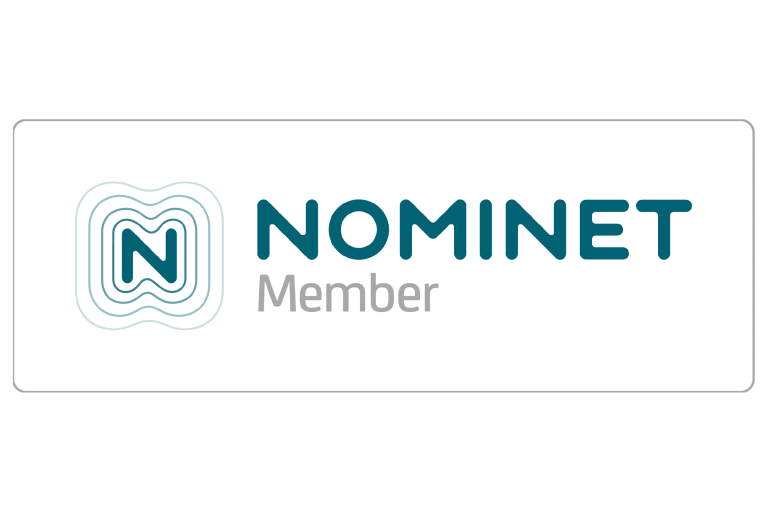Do you get confused by social media lingo? Do you know your #FF from your DM? Here’s a handy guide to understanding some of the key terms on the social web as well as a few recommended apps to make the whole thing a little easier.
Twitter Twaddle: A basic glossary of Twitter Terms
Here are some terms that are associated with Twitter and will help you to better understand the way it works. Master the language of Twitter and you’ll be able to network much more efficiently. @ Reply: the @ symbol is used to reply to tweets and to tag users in tweets. # Hashtag: mark keywords in tweets to easily search for related topics. DM: Twitter allows you to private message other Twitter users that follow you back. Follow: the act of following a Twitter user. Follower: someone who subscribes to your tweets. Feeds: where tweets from all the users you have subscribed to appear in real time. #FF: eve ry Friday a huge amount of Twitter users will tag friends in a post encouraging other users to follow them using the hashtag #ff which is short for follow Friday. Handle: a Twitter username e.g. @DBSInternetMktg. Lists: followers can be sectioned into lists so you can see only tweets from selected people instead of all of them. RT: forwarding a tweet to your follower’s news feeds. Tag: by using the @ symbol in your tweet and typing a selected handle the user will receive a notification and know the message was meant for them. Tweet: a message that is posted to the news feed.
ry Friday a huge amount of Twitter users will tag friends in a post encouraging other users to follow them using the hashtag #ff which is short for follow Friday. Handle: a Twitter username e.g. @DBSInternetMktg. Lists: followers can be sectioned into lists so you can see only tweets from selected people instead of all of them. RT: forwarding a tweet to your follower’s news feeds. Tag: by using the @ symbol in your tweet and typing a selected handle the user will receive a notification and know the message was meant for them. Tweet: a message that is posted to the news feed.
Handy Twitter apps
There are plenty of apps and websites which can enhance your Twitter experience in various ways. Here are a few of the best:
- URL Shorteners: Website addresses can take up a large chunk of the designated 140 character count. Shorteners like goo.gl and ow.ly help save space and encourage other users to re-tweet your status.
- Twitter Mobile App: If you’re always on the move then the Twitter mobile app provides a friendly interface that gives you most of the functionality of the desktop version. Download from your app store.
- Twitlonger: this website gives you the opportunity to tweet messages longer than 140 characters. Bear in mind that some Twitter users might not like this.
A helpful glossary of Facebook terms
Facebook is always changing; as a result it can be hard to keep up with the ever changing lingo used to describe some of the websites terms and functions. Here’s a quick guide to get you up to speed. Admin: A Facebook user who is given control of a Facebook business page and can make changes to it. An admin can also appoint other users to be co-admins of a page. Chat: The instant messaging service that is part of Facebook. Comment: Users can comment on photos, videos and status updates of Facebook pages. Cover Photo: The photo that appears at the top of your profile or page, larger than a profile picture. Fan / Likes: A Facebook user who has liked a business page. Favourites: A section on the side of your home page that has your favourite pages and groups. Friends: Personal connections of a Facebook profile user. Friend’s updates will appear in your news feed. Friend Request: When another Facebook user contacts you to become friends. This will allow you to access each other’s status updates and view each other’s photos. Interact: Liking, commenting or sharing a post. Like: When a page or an individual posts an update other Facebook users can choose to like that status as a means of approval. This is symbolized by a virtual thumbs-up. Message: Similar to an email, Facebook users can send each other private messages. News Feed: This is where status updates from all your connections and pages that you like are fed through to. Page: Facebook pages are for businesses, organisations, celebrities and artists. Users can like these pages as a fan. Profile or Timeline: Your timeline is a collection of your photos, stories and status updates, also known as a profile. Privacy Settings: Settings which can be adjusted for most posts to ensure your content is only visible the people you want. Reach: The amount of people who saw your post. Share: If you see an update that you would like to share with friends you can click share to do so. This will post it to your timeline and news feed. You can share all kinds of updates as well as external content such as videos, photos and news. Status Update: Users can post content in the status update box. This can be photos, links, or just text. It is then fed to subscribers, known as friends. Tagging / Tags: You can tag other users and pages in photos and in a status.
News Feed: This is where status updates from all your connections and pages that you like are fed through to. Page: Facebook pages are for businesses, organisations, celebrities and artists. Users can like these pages as a fan. Profile or Timeline: Your timeline is a collection of your photos, stories and status updates, also known as a profile. Privacy Settings: Settings which can be adjusted for most posts to ensure your content is only visible the people you want. Reach: The amount of people who saw your post. Share: If you see an update that you would like to share with friends you can click share to do so. This will post it to your timeline and news feed. You can share all kinds of updates as well as external content such as videos, photos and news. Status Update: Users can post content in the status update box. This can be photos, links, or just text. It is then fed to subscribers, known as friends. Tagging / Tags: You can tag other users and pages in photos and in a status.
Handy apps
There are plenty of apps and websites which can enhance your Facebook experience. Here are a few of the best:
- URL Shorteners: Website addresses can look unsightly in your status. Shorteners like goo.gl and ow.ly help save space and encourage other users to share.
- Status Shuffle: Stuck on how to phrase a status? This app gives you a collection of Facebook statuses to inspire you and hopefully your fans too.
- Polldaddy: In need of some customer feedback? Polldaddy helps you to integrate customer research polls into your Facebook page.
- Foursquare: Heading out to a business conference or trade show and want your community to know you’ve arrived? Check in using Foursquare









